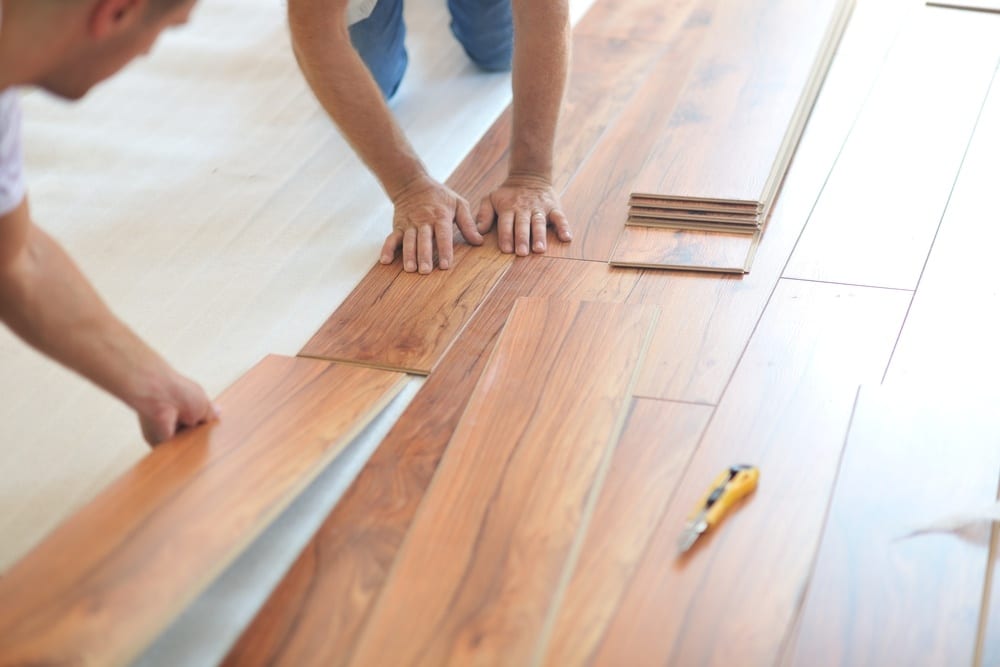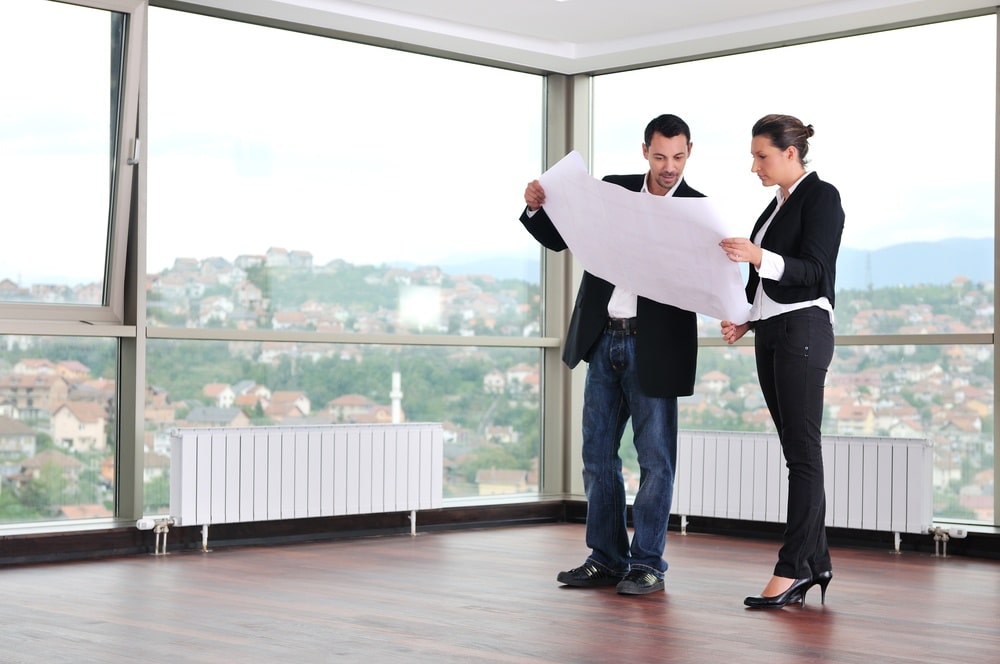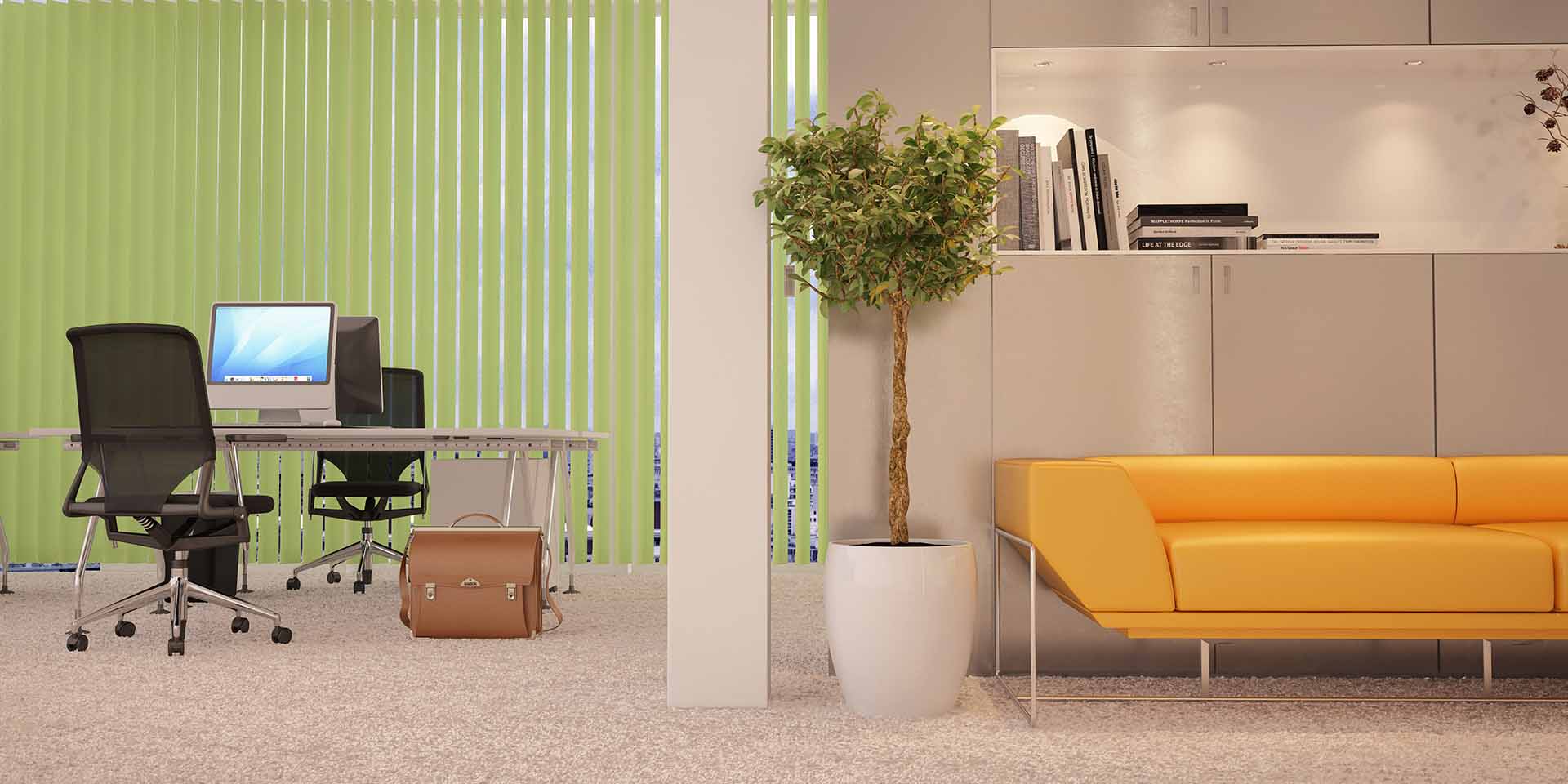If there’s one area of your office that takes more of a beating day in, day out than any other area, it’s your floors. They’re walked on, spilled on, and rolled on. Carpet floors become stained, frayed, and worn over time. Tile, concrete, or laminate become scratched and scuffed over time.
Regardless of what type of flooring you have, it may eventually become outdated and tired. In other words, at some point you’ll need to change your office floors. Before you do, there are some things you need to think about, some steps you’ll need to take, and some prep work you’ll need to do.
You May Need to Modify Your Office Furniture
While switching from carpet to hard flooring or vice versa should not require you to change your furniture, it may require you to make minor adjustments to best accommodate your furniture. For example, you may need to change out or add casters to chairs or desks.
Casters are like wheels, but they’re more flexible than wheels because they’re attached to a rotating mount. There are two types of casters: rigid casters, which only move back and forth, and swivel casters, which rotate 360 degrees. If your office furniture has no casters or has rigid casters, it may make sense to switch to swivel casters that make it much easier to move heavy objects and maneuver tight turns.
Maybe it’s even times to convert your cubicles into open workspace?
You Will Need to Move Your Office Furniture
Obviously, before you remove existing flooring and/or install new flooring, you’ll need to remove everything that’s resting on that flooring. Make sure to have a plan before you get started. Does it make the most sense to move everything out of one room into another room and change the flooring room-by-room?
Or does it make more sense to move all furniture out of the office, store it offsite, and then move it back in after the new flooring is installed? The latter option might make sense for more labor-intensive, messier flooring options such as having crews come in to stain and seal concrete or sand and refinish wood floors.
You Probably Will Need to Hire A Skilled Furniture Installer
If your office is equipped with cubicles, you’ll probably need to enlist the help of office furniture installers to help disassemble, move, and then reassemble the cubicles while your new floor is being installed. Some cubicles systems can simply be lifted while carpet squares or other flooring is installed or worked on. But in most cases, trained installers are needed to readjust panels, work surfaces, drawers, etc. In cases where cubicles need to be completely removed and stored offsite while work is being done, you’ll definitely need to enlist help from furniture installers to create drawings, find suitable storage for your furniture, and protect it for transport.
You May Need to Hire an Electrician
In some cases, data wires will need to be tagged and pulled out of workstations while flooring is being changed, and then reinstalled. This is a job for a professional! These wires are fragile and require proper handling so they don’t become damaged.
You Will Have an Ideal Opportunity to Deep Clean
You’re getting a fresh, clean new floor. You probably don’t want to invest in brand new office furniture, but you can and should use this opportunity to clean what you already have. Since you will be moving your furniture around to accommodate the flooring installation, you’ll be able to reach normally inaccessible cracks, creases, panels, and crevices. Plan on a deep cleaning, and consider hiring someone to steam clean workstation panels so your entire office will look and smell brand new!







